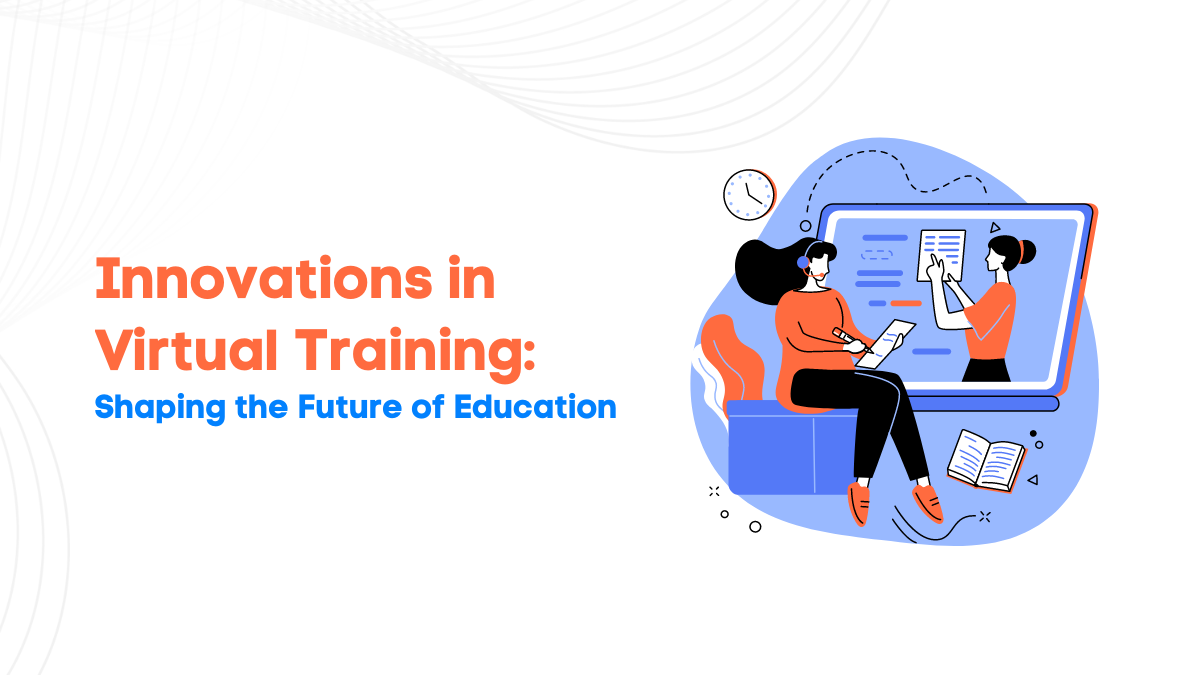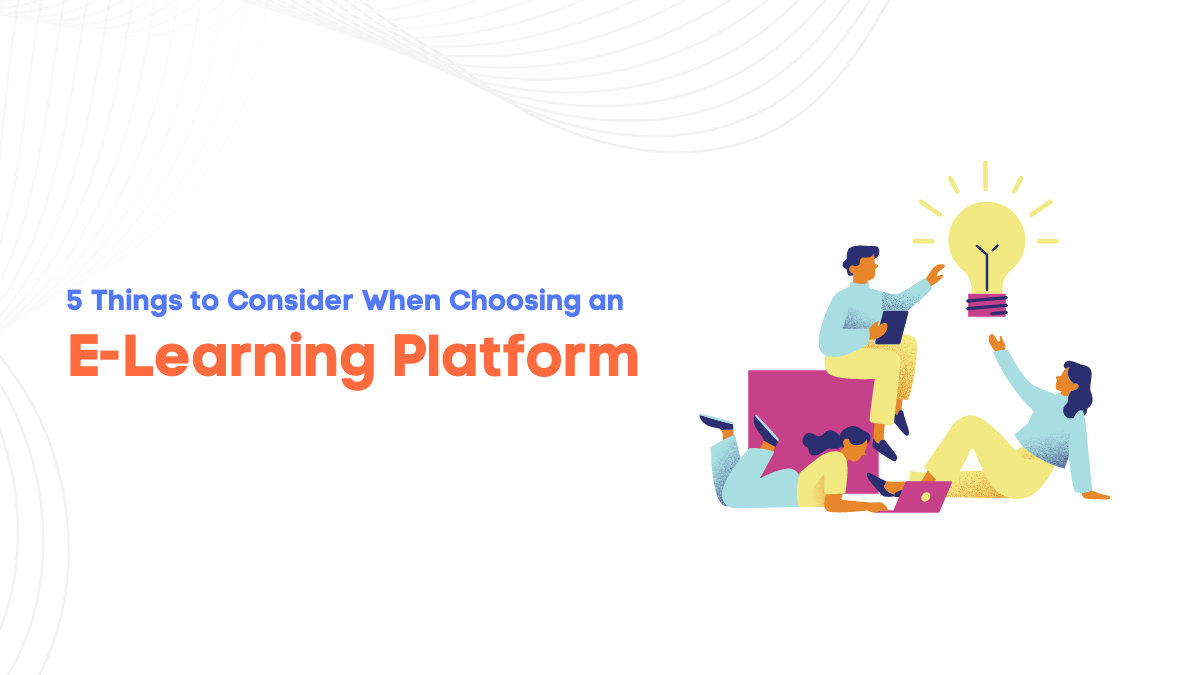Virtual training has become an increasingly prominent and transformative force in the field of education. With the rapid advancement of technology, traditional classrooms are no longer the sole avenue for learning. Instead, innovative virtual training platforms have emerged, offering immersive and interactive experiences that are reshaping the landscape of education. In this blog, we will examine the benefits of virtual training, how an LMS platform can help scale up education, and tips for making virtual training more engaging.
The Benefits of Adopting Virtual Training
Virtual training provides learners with increased access to knowledge by giving them access to educational materials from any corner of the world. It also provides an opportunity for a rich, interactive learning experience that can be tailored toward individual needs. With the help of eLearning platforms such as Learning Management Systems (LMS), educators can create engaging online courses that will keep students engaged in their studies.
Virtual training offers several advantages over traditional methods of teaching. It is cost-effective by reducing expenses for travel and accommodation. It provides flexibility, allowing learners to choose their own learning paths. It allows for a more interactive learning experience with demonstrations or practice sessions. It enables collaboration between trainers/instructors from different locations.
Virtual training is shaping the future of education with its numerous benefits over traditional teaching methods, offering improved course design and content, plus increased accessibility and collaboration between educators and learners anywhere, anytime!
Scaling Up Education with an LMS Platform
As the world moves towards a more digitalized future, virtual training solutions have become increasingly popular in educational institutions. A System is an effective platform that can help scale up education by providing learners and educators with innovative tools and resources.
An LMS platform has many advantages when it comes to virtual training.
- It allows learners to access personalized resources from anywhere in the world at any time.
- This improved engagement enables students to focus on their individual needs and interests instead of feeling overwhelmed by group instruction or lectures.
- An LMS offers increased convenience for both learners and educators alike since they no longer need to be physically present in order to learn or teach effectively.
- Remote access makes it possible for those who are unable to attend physical classes due to health or financial reasons to still have access to quality educational materials.
Virtual training solutions offer immense potential for reshaping the future of learning by introducing advanced analytics tools such as AI-driven technologies combined with interactive elements like video conferencing tools that enable real-time collaboration between learners from different parts of the globe. By collecting data from an LMS platform, virtual training solutions can also further our understanding of human behavior, providing comprehensive virtual platforms that increase accessibility without sacrificing quality.
Investing in a Learning Management System to Make Quality Education Accessible Globally
Using an LMS benefits both educators and learners because it provides an effective platform for delivering quality content and facilitates communication, collaboration, and tailored learning. LMS also enables students to access learning materials anytime, anywhere, at their own pace.
Social media platforms help in sharing knowledge globally. Educators can post videos or articles that are easily shareable among peers worldwide to provide equitable access to quality education on a global scale.
Investing in an LMS is essential in making quality education accessible globally via innovative virtual training methods. Institutes should leverage this technology to reduce costs, improve scalability, and monitor student performance easily.
Tips for Making Virtual Training More Engaging
In today's digitally connected world, virtual training has become an increasingly popular way to educate learners. Anyhow, educators must ensure that virtual training is engaging and effective. Here are some tips to help make virtual training more engaging for both learners and educators:
- Utilize interactive learning methods, such as game-based elements and interactive activities, which not only make it easier to engage learners but also help them retain knowledge in a fun way.
- Use videos and visuals to break up content and keep learners engaged.
- Create real-world scenarios for learners to practice with and incorporate peer collaboration to make the experience even more immersive.
- Maximize instructor engagement through guided instruction, relevant case studies, and multimedia elements such as podcasts or videos. Leverage feedback loops and gamification techniques to assess progress and motivate participants.
- Offer flexible access options so that learners can complete courses on their own schedule. Take advantage of AI technologies like machine learning to personalize education and provide targeted advice tailored specifically to each learner’s needs.
By combining all these tools, it is possible to create an engaging online experience that shapes the future of education.
In Short
Virtual training is revolutionizing the world of education, offering increased accessibility and collaboration between educators and learners anywhere, anytime. Organizations can scale up their educational offerings by leveraging an effective LMS platform while also using advanced analytics tools such as AI-driven technologies to personalize learning experiences. Educators should also make use of interactive elements such as video conferencing tools or game-based elements to engage learners and help them retain knowledge in a fun way. These tips show that virtual training has the potential to reshape the future of learning by providing quality education on a global scale without sacrificing the costs associated with physical infrastructure.










